China has unveiled a range of new weapons, drones, and other military equipment in a massive parade that many see as a clear message to the United States and its allies.
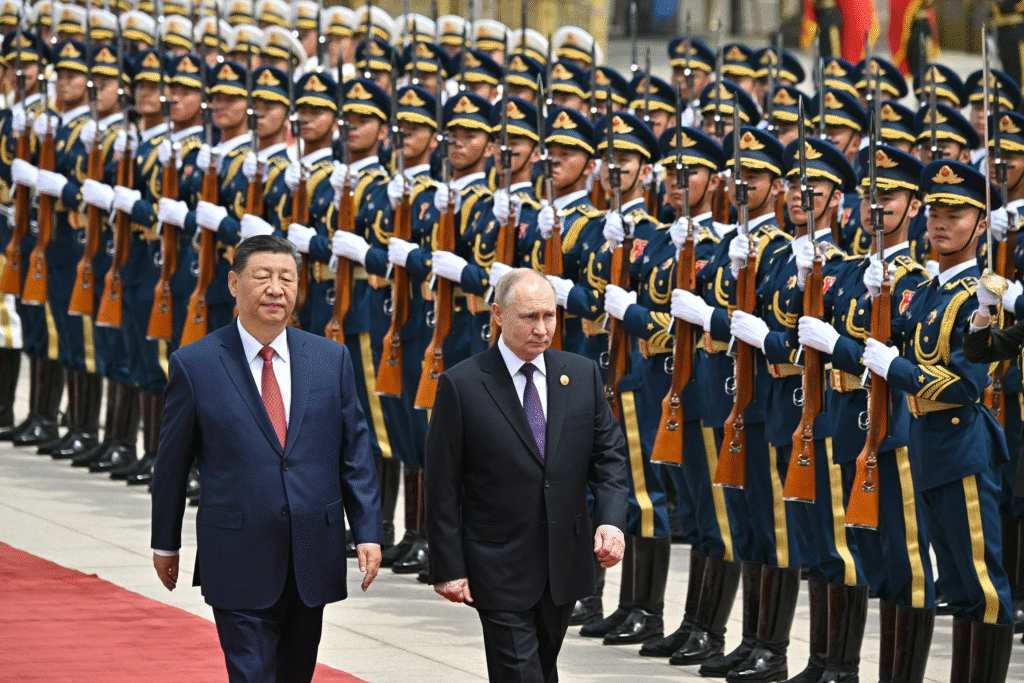
At the event, Xi Jinping welcomed more than 20 foreign heads of state—including Vladimir Putin of Russia and Kim Jong-un of North Korea—who depend on China for economic support and other purposes.
It was a display of Xi’s growing power on the world stage and China’s military prowess: the show included the Guam killer missile, the loyal wingman drone, and even robotic wolves.
Beyond the publicity and new weaponry, what did we learn?
Here are our five conclusions.
1. China has many weapons. How well can it deploy them?
What became clear at Wednesday’s exhibition was that China has been able to rapidly produce a wide range of weapons.
Ten years ago, the military technology on display tended to be «rudimentary copies» of much more advanced equipment invented by the United States, says Michael Raska, adjunct professor in the military transformation program at Nanyang Technological University in Singapore.
But this parade revealed a more innovative and diverse range of weapons, particularly drones and missiles, reflecting how advanced its defense industrial complex has become.
China’s vertical structure and significant resources enable it to mass-produce new weapons faster than many other countries, notes Alexander Neill, associate researcher at the Pacific Forum.
It can also produce them in large quantities, giving it an advantage on the battlefield that allows it to overwhelm the enemy.
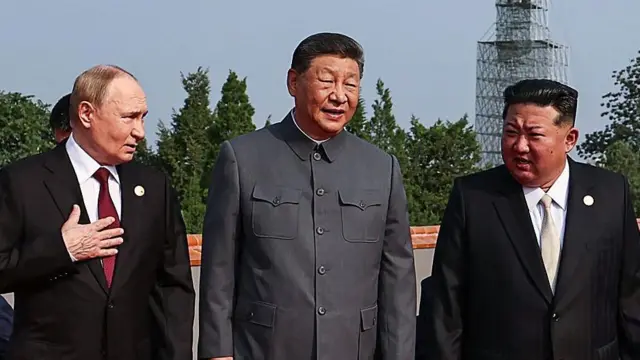
«China has the capacity to produce ammunition, ships, all these platforms… the state can simply issue these directives and that’s it,» says Neill. «China has the capacity to produce ammunition, ships, all these platforms… the state can simply issue these directives and that’s it,» says Neill.
But how well can the Chinese military integrate these weapons systems?
«They can boast about these flashy advanced platforms, but do they have the organizational agility to use them as they wish?» asks Raska.
He adds that it will not be easy because the Chinese army is huge and has not yet been tested, given that it has not participated in a significant war for decades.
2. China focuses on missiles to counter the United States
China has unveiled numerous missiles, including some new variants.
These include the Dongfeng-61, capable of carrying multiple warheads in its nose cone, and the Dongfeng-5C intercontinental ballistic missile, which could be launched from northern China and reach the United States.
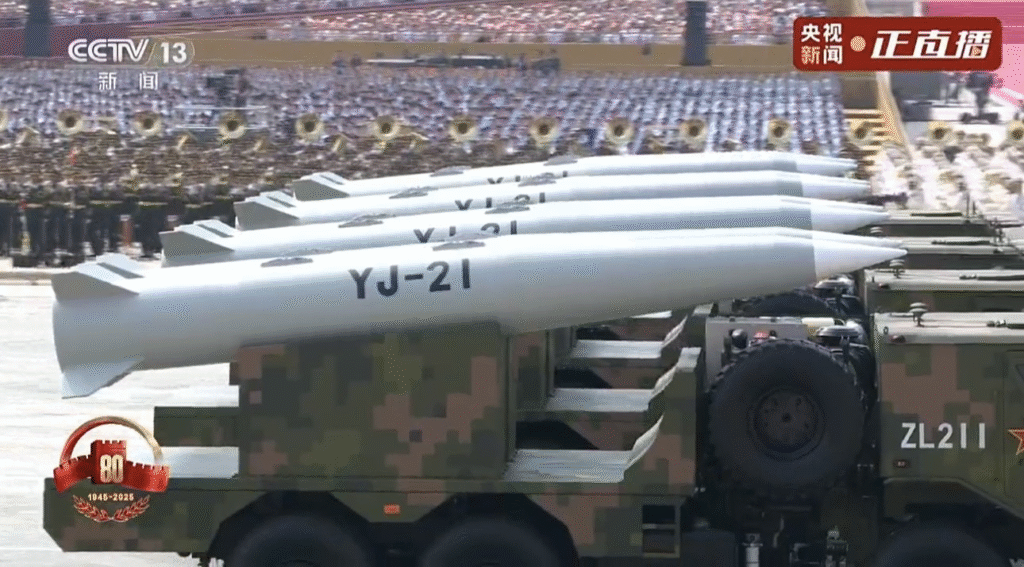
There were also several hypersonic anti-ship missiles, such as the YJ-17 and YJ-19, which can fly very fast and maneuver unpredictably to evade anti-missile systems.
There is a reason for this focus on missiles.
China has been developing missiles and rockets as a key part of its deterrence strategy and to counter the naval superiority of the United States, Neill says.
The U.S. Navy is unrivaled in the world, with the largest fleet of aircraft carriers and carrier strike groups; China still lags behind in that regard.
However, Neill points out that some in the Western defense community increasingly argue that they are vulnerable because, in practice, they are easy targets for any missile attack.
Beijing is not only strengthening deterrence, but also creating a «second strike capability,» he says: a country’s ability to launch a retaliatory strike if attacked.
Other notable equipment included the much-discussed LY-1 laser weapon, which is essentially a giant laser that could burn or disable electronic devices or even blind pilots; and a variety of fifth-generation stealth fighter jets, including the J-20 and J-35 aircraft.
3. China goes all out with AI and drones
We saw a wide range of drones, some of them controlled by artificial intelligence, but the one that attracted the most attention was the giant AJX-002 underwater drone.
Also known as an extra-large unmanned underwater vehicle (XLUUV), measuring up to 20 meters in length, it could carry out surveillance and reconnaissance missions.
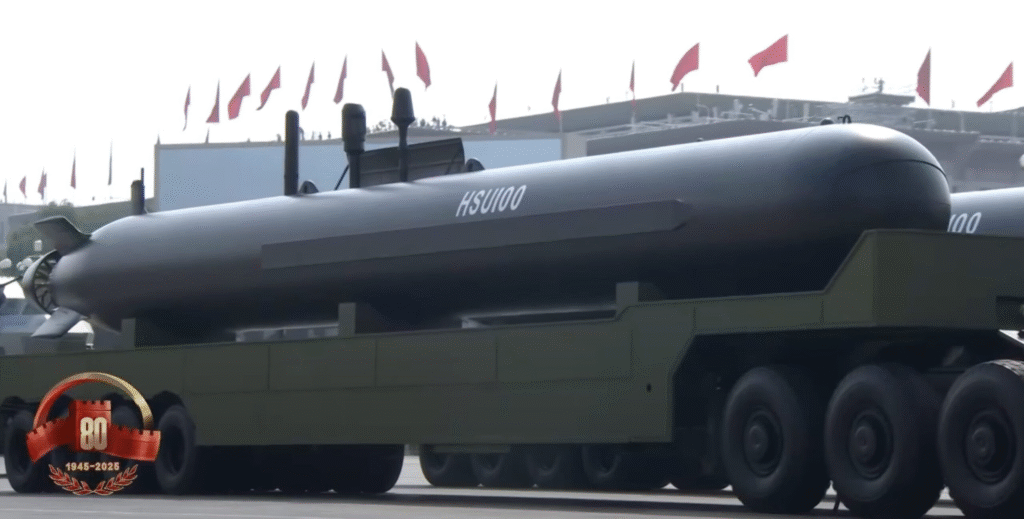
China also showcased its GJ-11 stealth attack drone, nicknamed the loyal wingman, which can fly alongside a manned fighter jet and assist it in its attacks.
In addition to a series of conventional aerial drones, «robotic wolves» were also presented. Experts say these could be used for a variety of tasks, from reconnaissance and mine sweeping to hunting enemy soldiers.
The drone exhibition shows the clear direction China wants to take with its military strategy, where it «not only seeks to reinforce, but also replace traditional structures.»
He has clearly learned from the war in Ukraine, where you can «just throw drones at the enemy» to weaken their defenses, Raska notes.
«Speed in the chain of annihilation is important,» adds Neill, pointing out that in a fast-paced battle, decisions must be made in nanoseconds to defeat the enemy and gain the upper hand, which is precisely what AI can do.
Many countries are still concerned about deploying AI in their military systems and are asking themselves, «How comfortable are we with including AI in the chain of command?» adds Neill.

But China is very comfortable with that, Raska says. «They believe they can control AI and are doing everything they can to integrate it into their systems.»
4. China may have the technology, but the United States still has an advantage.
The parade clearly demonstrates that China is rapidly catching up with the United States in military technology and has the resources to build up a huge arsenal.
However, according to experts, the United States still maintains an advantage in operational terms.
The U.S. military stands out because there is a bottom-up culture where units on the ground can make decisions as the situation evolves and modify their combat strategies, Raska explains.
This makes them more agile in combat.

China, on the other hand, has a top-down approach: «They may have flashy platforms and systems, but they won’t lift a finger until they receive an order from above,» he adds.
«The Chinese believe that technology is what creates deterrence. They believe that it will deter the United States… but at the operational level, there have been cases that show that they may not be as good as they say,» says Raska.
The expert recalls recent clashes such as an incident last month, when a Chinese warship rammed one of its own smaller vessels while confronting the Philippine coast guard.
5. The parade was a campaign to sell weapons and an opportunity to show the United States a united front.
With leaders from more than two dozen countries invited to the event, the parade of weapons and tanks was essentially a major sales campaign for Chinese arms to potential buyers, Neill notes.
Some of the countries attending, such as Myanmar, are already known for purchasing large quantities of Chinese weapons.
But the opportunity to sell to new customers or increase orders is how the Chinese government can extend its influence globally, Raska says.
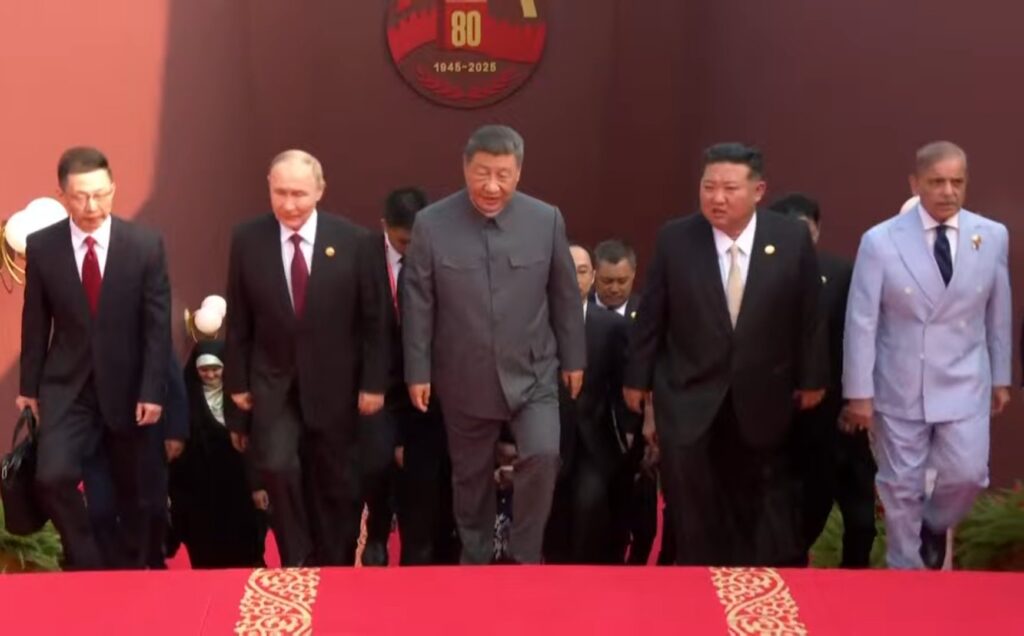
Among the key clients were those who stood front and center alongside Xi: Vladimir Putin and Kim Jong Un.
The three presented a united front as they walked together toward the parade and took the stage.
That was a message to the United States, Neill says: if the United States really wanted to challenge them, it would mean «fighting them in several potential theaters of operation at the same time: the Korean peninsula, the Taiwan Strait, and Ukraine.»
And if we consider it, pressuring the United States in all three areas could result in failure in one of them.
